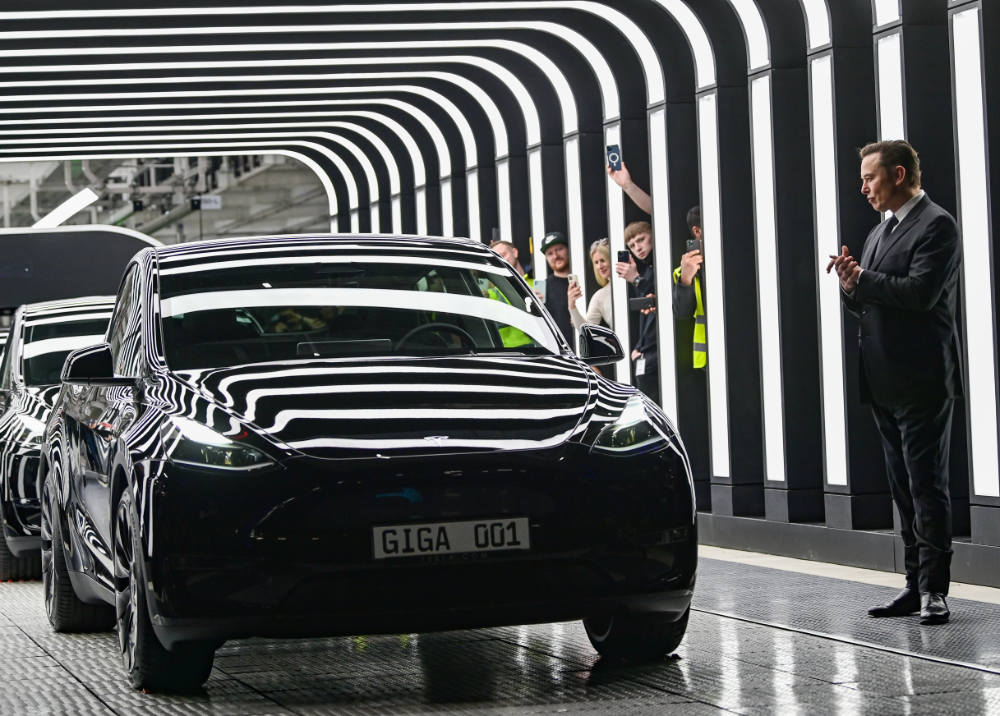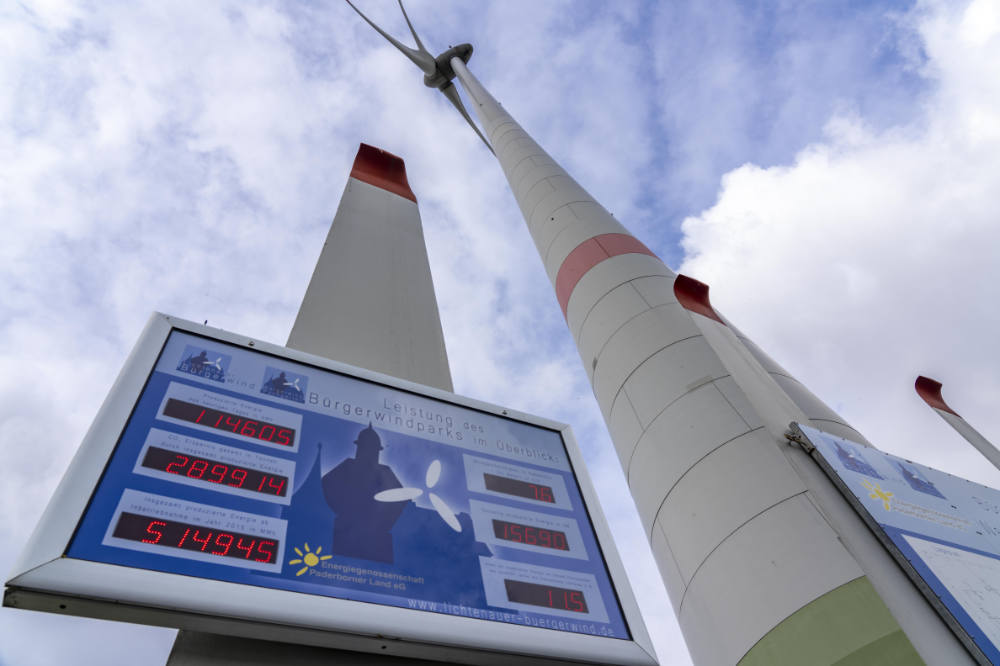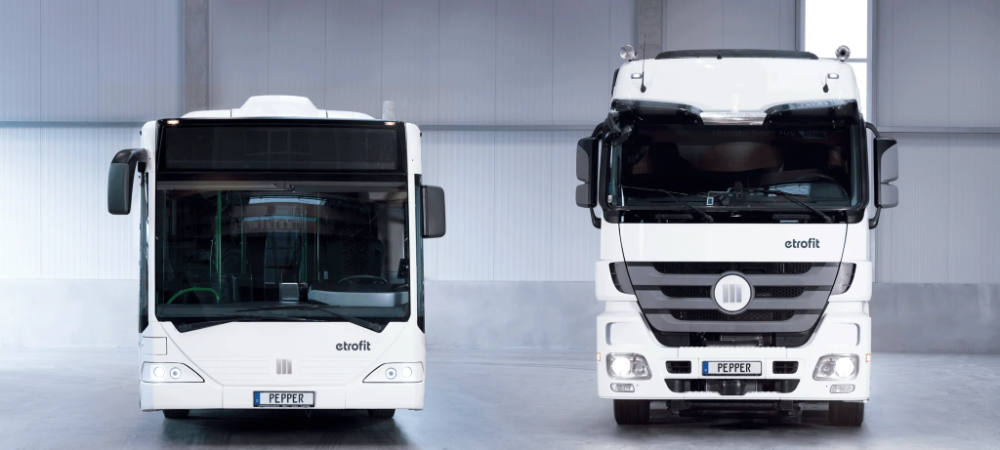Saturday 16th december 2023.
Many of us view driving – so comfortable, isn’t it? – as a liberation from arduous walking. As for me, I’ve been fighting for years against the noise levels of the Algarve Autodrome, where at this time of day test drives are once more taking place in preparation of some car race or other. It’s the combustion engine that transforms petrol into smelly exhaust fumes, deafening to boot when the south-westerly blows across from the Atlantic, by bringing with it the never-ending noise. These days, quiet, clean and environmentally-friendly alternatives are available in motoring. There just needs to be the will to go for those, right?
I’ll venture to put a simple statement on the table: car drivers with a combustion engine have no reason to use their fuel carefully and sustainably. No one admonishes them to waste as little fuel as possible – this in marked contrast to e-drivers whose range is limited. People drive by the motto Givvit to that old nag, no matter the price. For as long as enough fuel (the tiger) remains in the tank and on the market, the network of petrol stations usually stretches to the horizon, and once the tank is empty at some point, you simply buy more, filling her up. Life seems a proposition of unlimited possibilities. That’s what it seems like anyway. Thus life continues on its merry way and they all lived happily ever after: the combustion engines in the smelly cars, whether on the road or on the Algarvian Formula 1 racing track.
This is very well known to Big Oil, and the oil corporations also know how to use this to fuel climate change. Since Exxon commissioned a US study in 1963 to find out which consequences for the climate driving cars with petrol and diesel engines could have, the board members of the big oil multinationals have known exactly how hot and dry the future will be with BIG OIL on earth. And the next forest fire is just around the corner.
Now these days the next climate summit is taking place in Dubai, of all places, while the CO2 climate gas continues to stream out of the exhaust into our planet’s atmosphere, to the tune of Giga tons. And yes, it’s so handy to be sitting on your own in your car, driving along. And by the time in the faraway future the general EU ban on combustion engines comes about, most of us will already be six feet under…
Cut. We see a round traffic sign with 50 km/h written on it in black letters, with a red rim. While I stick to this with my EV, the electric car, I am overtaken by a smelly diesel vehicle going at least 90 km/h, right in a built-up area. In the end it’s not simply one stinker, but an entire armada of smelly burners overtaking me. Why? They all are going at speeds well beyond 50 kilometres an hour, at a speed still too infrequently checked on the national 266 road between Monchique and Portimão. And so I ask myself whether fossil-fuel powered automobiles are permitted any speed limit infraction? Statistics tell us that every other person in Europe drives a stinker. As of 2023, only just three per cent of all vehicles are EVs.
Speed limit is not a pretty word, yet if you take a closer look it takes on a deeper meaning. A speed limit doesn’t rob you of the liberty to drive as fast as you like and want to – no, it prevents major accidents and reduces emissions of the climate-damaging greenhouse gas CO2. Let’s keep our eyes on the goal: all vehicles participating in road traffic behaving in an environmentally-friendly way, sticking to speed limits and most importantly no longer emitting exhaust fumes, moved by electric power or fuel cell. As we speak we’re still miles away from attaining this goal. Will we ever reach it?
I do realise that it will only be from 2035 onwards that no more new stinkers will be licensed in Europe. The goals of climate protection, to reach „zero emissions“, how on earth are we supposed to attain this? And what does that mean for all those old stinkers? So when will those be taken out of circulation, and how is that supposed to happen? Will parliament one fine day from 2035 onwards close the country’s petrol stations? Or will petrol and diesel be rationed first, and in a second stage, banned altogether? Will there be a ban by stealth or a date stipulated by law from when on the stinkers may, can, should no longer fill up with fossil fuels? And what happens next? Will we taxpaying citizens be able to take buses and trains for free?
The question that needs answering is: how and in which way will the state manage to remove the fossil specimen from the road without triggering a popular revolt? For the street harbours a whole load of potential for a revolution. This starts with flouted speed limits – and ends with the future waste destined for the scrapper but presently crowding the tarmac if all stinkers are supposed to meet their maker one day. Where will the waste, the resources, go?
What will trigger the decline of the stinker? The major oil corporations should have used their 1963 look to the future to ask what their role will be once the oil remains in the soil. And the petrol stations? Asking the question from a different perspective, where is the electricity going to come from for a global fleet of around five billion automobiles? In Portugal this would mean just under five million licensed vehicles. How many charging stations are required for so many cars? Or could public transport, both short and long haul become a real alternative? There are many questions arising from this all at once. Let’s start with answering them one by one.
Will a new e-technology hit the market in time to meet the exit of the fossil fuel powered stinkers, a retro-kit allowing every stinker to be converted, i.e. refitted, to then glide along in its second incarnation, powered by electricity or fuel cell? If it came about, such an innovative technology would definitely be revolutionary, for a smooth transformation using a retro kit would be sure to change road traffic and climate for the better.
For many drivers the technical transformation of their stinker might turn out cheaper and more sustainable than buying a new electric car. The idea is to take the petrol or diesel engine out of the stinker, replacing it with an electric motor and a battery, in order to lend it a new second life. However, such a, let’s call it „retro kit“ is not at all in the interests of the car manufacturers. Those would rather carry on making new cars to sell, chaining the customers to them and their garages, wasting resources. Competent and free workshops are a nightmare for Renault, BMW, Volkswagen, Tesla and Cie. The same goes for customers thinking and deciding for themselves. So what are the arguments against public transport, short and long haul, by bus and train? How does this kind of mobility have to function in order to be taken up? In Loulé, a southern district in the Algarve, public transport by stinkers as it were is already free. New buses had just been purchased however, running on diesel engines. And now, Senhor Vítor Aleixo, has the damage been done? This is something we’ll report on in one of our future editions (ECO123, published online every Saturday).
I’ve been driving an electric vehicle for the past eight years, which has given me enough time to think about the issue of driving. The e-car slides gently through the landscape without making noise, without emitting exhaust fumes, without creating the need to impulsively press down on the accelerator to reach my destination as quickly as possible. The electric car rings in a new era. I enjoy a certain range, of around 250 km. I try to drive as energy-efficiently as possible to achieve this range. Now, eight years later, the battery only has the power to guarantee me a range of 150 km. Electric mobility lends driving a car a new dimension. The goal is not to reach a place as fast as possible, but by using the minimum amount of energy (by driving steadily and evenly) to achieve the longest range possible. For in the age of electric power the energetic law spells out like this: the more frugal the horse, the more economical the consumption, the longer the range. And short and long-haul public, electric, transport by bus and rail is not yet a real alternative, not counting car-based ride-sharing operations. You don‘t have to move your e-car on your own, there is space to fit in at least two to three people on your daily journey.
Less is more.
Driving an EV leads me to move in a range of speeds between 50 and 70 km/h, in particular when I drive downhill, for going downhill means my electric car recharges its batteries through recuperation, increasing my range without having to hit the plug socket straight away. Driving slowly makes you see more of life.
Is that the future? In any case I am using my driving style to aim for an economical use of resources, on average 10 kW/h electricity per 100 km. This costs me 10 x 22 cent per kW/h, which makes €2.20. No stinker manages that. The limited range is no parameter for a stinker. Stinkers are by and large allowed to speed. The range of their tanks plays a very minor role here, as once the tank is nearly empty, the drivers head for the nearest petrol station. They view a downhill street more as a racing track than as an opportunity to recharge, to recuperate energy already used.
Which is why I’ve set out on a journey in the universe of the automobile to research a new technology, which would remove the diesel or petrol engine and replace it by an electric motor, alongside a battery and driving shaft. My journey leads me from Monchique to Palmela, Barcelona and via Paris to Munich, to an innovative medium-sized company which has been making global waves since 2022 with what they call a Retro-Kit for buses and trucks. The name of the company is Pepper-Motion. (https://pepper-motion.com)
ECO123 talked to a man in his prime, married, father to two children: Andreas Hager (45), the CEO of Pepper-Motion, who during a ZOOM chat held sitting in an e-bus expresses great interest in applying his innovative technology to stinkers outside Germany too: there are branches already in Austria, Poland and France – possibly now soon in Portugal and Spain as well. The globally renowned Würth company (https://www.wuerth.com/wuerth-group/homepage.php) is a stable investor in this new e-technology.
The interview with the CEO of Pepper-Motion will be published Saturday week at https://eco123.info. Watch this space.
 Eco123 Revista da Economia e Ecologia
Eco123 Revista da Economia e Ecologia








